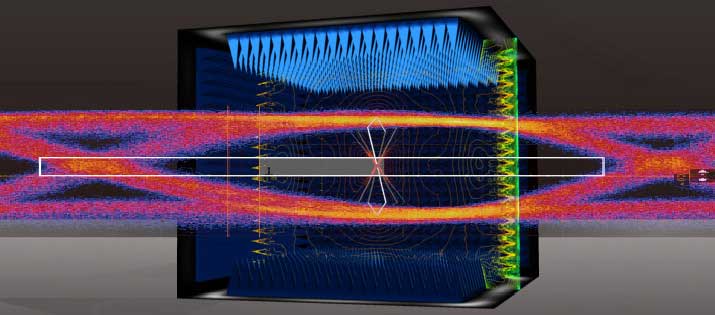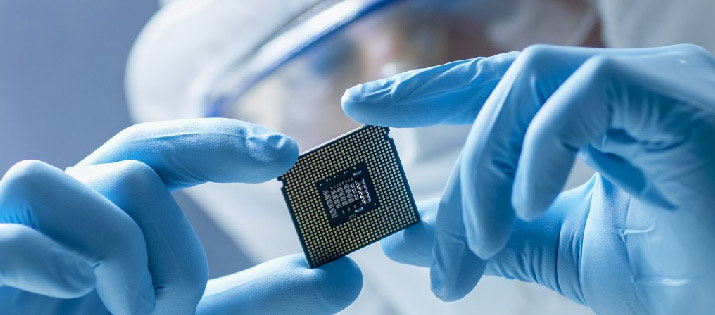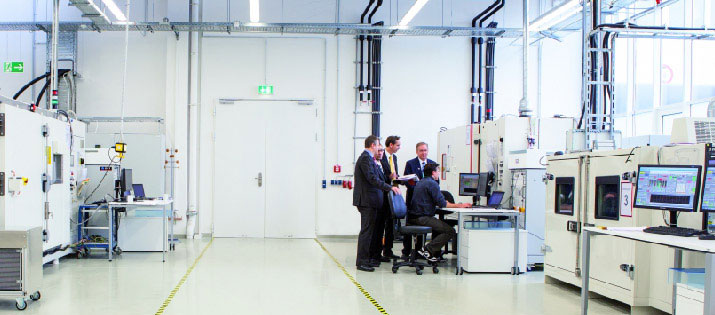Allion USA-SGS
AMD immediately comes to mind when discussing VESA AdaptiveSync. As a well-known manufacturer of the GPU of graphics cards, AMD proposed the idea of AdaptiveSync to VESA as early as 2014, which was later formulated in the VESA AdaptiveSync White paper for those who would like to adopt the technology. AdaptiveSync is primarily used during gameplay to resolve screen problems, such as tearing and stutter, as shown below. In the end, AMD developed AMD FreeSync while NVIDIA had developed NVIDIA G-Sync independently, both predominantly focused on resolving tearing and stutter issues.
Of course, AdaptiveSync still has the edge. For example, the frame rate is relatively low when content is displayed. If a laptop supports AdaptiveSync, it will update the images based on the frame rate of the content on the run rather than higher vertical refresh rate for power-saving purpose.
VESA AdaptiveSync Compliance Program
From 2021 to 2022, the VESA working group reviewed and formulated the transmission requirements for AdaptiveSync. The group also included the regulations in the DP2.1 specification to make the requirements more comprehensive as opposed to the white paper prepared by AMD. In April and May this year (2022), VESA officially launched the VESA AdaptiveSync Compliance Program intended for DisplayPort displays. Only products that pass all compliance tests can qualify for the VESA AdaptiveSync Logo (the figure suggesting the maximum refresh rate of the display) and VESA MediaSync Logo.
Case Study
In real tests, only 50% of the displays can be certified in accordance with the new standards. The core test item that led to the 50% pass rate is the “flicker test.” The author is in favor of the test item because flicker level would be put to the test. In case of severe monitor flickering, it will harm users’ eyes. Flicker test filters panels of poor quality, protecting users’ eyes indirectly. In fact, HDMI, which everyone is familiar with, is also embedded with similar technology (variable refresh rate), but a flicker test is not performed on the panel of HDMI. Thus, the author prefers using a VESA Certified AdaptiveSync Display.
This time, the case example we are sharing is a flicker test. Some flicker tests use static refresh rates, while others use varying refresh rates. 90% of displays can pass the static refresh rate testing, but only 50% of displays can pass the varying refresh rate testing. Since it is a varying test, the refresh rate is dynamic. There are four kinds of tests for flicker with dynamically variable refresh rates, but the one in question is a square-wave pattern that is blamed for the worst-case scenario. In this pattern, an output display will go through an abrupt switch from the maximum refresh rate, and then back to the minimum refresh rate. The waveform is shown as follows (48-165Hz) and appears to be a continuous “square” pattern.
The luminance level presented in the below figure reflects the angle, so a waveform in the square-wave pattern can also be observed.
With a relatively poor panel, visible screen flicker occurs immediately when there is a square pattern. Almost all the existing solutions require panel replacement, and firmware calibration alone is not feasible.
For each flicker test, the sensor should be placed at the screen’s center with the measurement of smaller than -50dB. The product cannot pass the test if the value is greater than -50dB. Noticeably, it should not be necessary for a value of smaller than -60dB at the screen’s center to be tested again at four additional locations by placing the sensor probe halfway between the screen’s center and each corner. For a value between -50dB and -60dB, more tests at the four additional locations are mandated, with a measurement value of no greater than -50dB, or the test will be considered as fail.
In the future, VESA aims to set more AdaptiveSync standards for not only DisplayPort Sink but also DisplayPort Source. More AdaptiveSync certification tests will be designed for DisplayPort Source to ensure that its output with any AdaptiveSync certified displays is in line with the DP2.1 regulations.
Allion Labs is the first VESA authorized test center (ATC) that carries out AdaptiveSync certification tests in the industry and offer customers the world-first VESA AdaptiveSync certified display products. In the meantime, Allion Labs is also the ATC for programs, such as VESA DisplayPort, ClearMR, and DisplayHDR, and provides certification testing services for other multimedia interfaces, namely HDMI and thunderbolt. Feel free to contact us for any inquiries: service@allion.com.


























